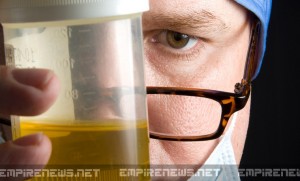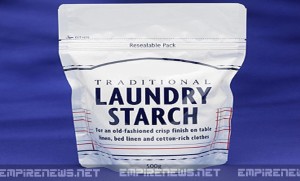In 1988, Dr. Peter Hobart rented a commercial space on the Upper East Side of Manhattan, and transformed it into a drug testing facility.
“His place was always packed,” said local deli worker Luke Jacobs. “Everybody called him Doctor P. He had a million clients, people were pouring in and out of the place like crazy.”
What Jacobs and the rest of the city didn’t know was that the doctor wasn’t a doctor at all – he’s a longtime con-man who apparently has a rather strange fetish.
Hobart asked several clients to take part in a bogus “urine/oxygen” study he was conducting. Volunteers were required to produce and submit urine samples, some as frequently as 3 times a week. After many months, when no study appeared, several of his clients began to suspect the water in the well was bad.
One patient took part in the fake doc’s so-called ‘Trevi Fountain’ project. “He wanted to find out if a person would go to the bathroom more if a song or a movie that had to do with rain, or the ocean was playing in the background, that kind of thing” said Patient X. “He said it was psychological, and I’d be in a medical journal. One day when I was about to give my sample, Dr. P. brought in a tv, and played that famous movie with the blonde lady who runs through the water fountain in Italy – La Dolce Vita – that’s the name of it. Anyway, so I had to do ‘number one’ during the water fountain scene, and Dr. P. took notes. He accidentally dropped his clipboard and I just happened to glance down at it; the page was just full of doodles of penises – some had smiling faces, some were erect, and most of them were peeing. I pretended I didn’t notice, but I felt all sick inside. As soon as I left I called the police. I didn’t even use my real name when I called, I was so embarrassed.”
Dr. P. was arrested last month and charged with falsifying medical records, misrepresentation, medical quackery, and Medicare fraud. A hidden camera was also discovered in a room used by clients to produce samples.
Officials estimate it will take three to four months to retrace the financial trail Hobart left in his wake. “We’ll never be able to locate all the paperwork,” said one accountant from the DA’s office, “and people are too embarrassed to give information. Can’t blame them, I guess. I’d be so pissed off if something like that happened to me.”
Hobart faces up to 20 years in prison if convicted. His lawyer entered a plea for a reduced sentence if Doctor P. helps locate the missing financial records. Sentencing will take place before the end of the year.






























